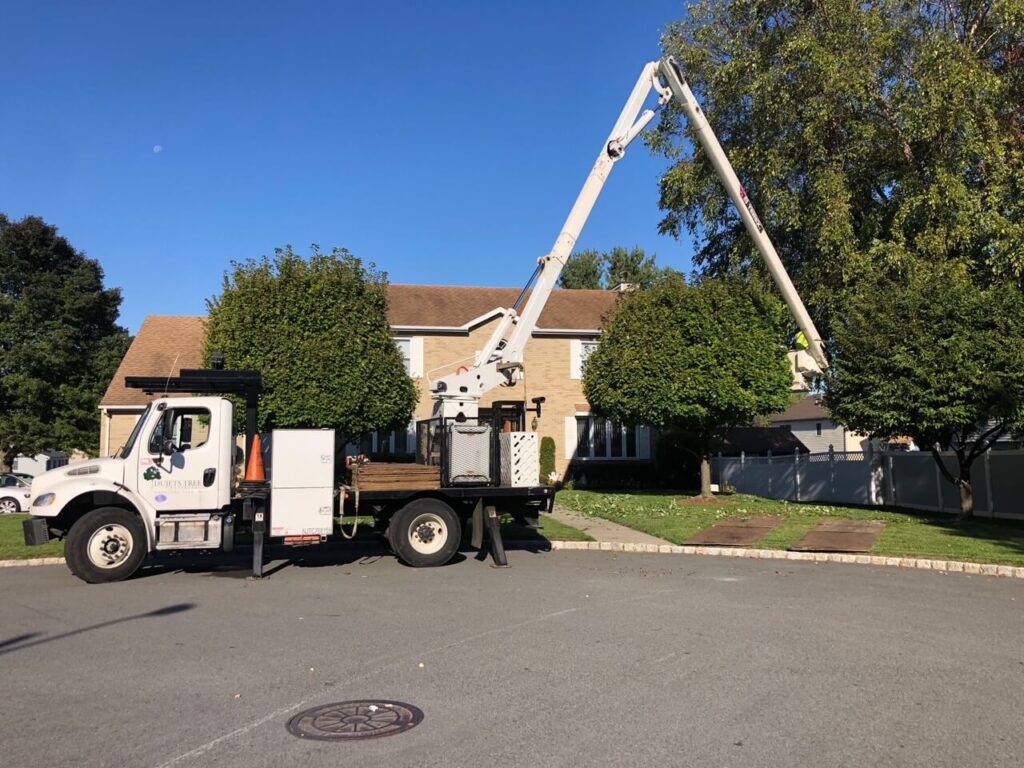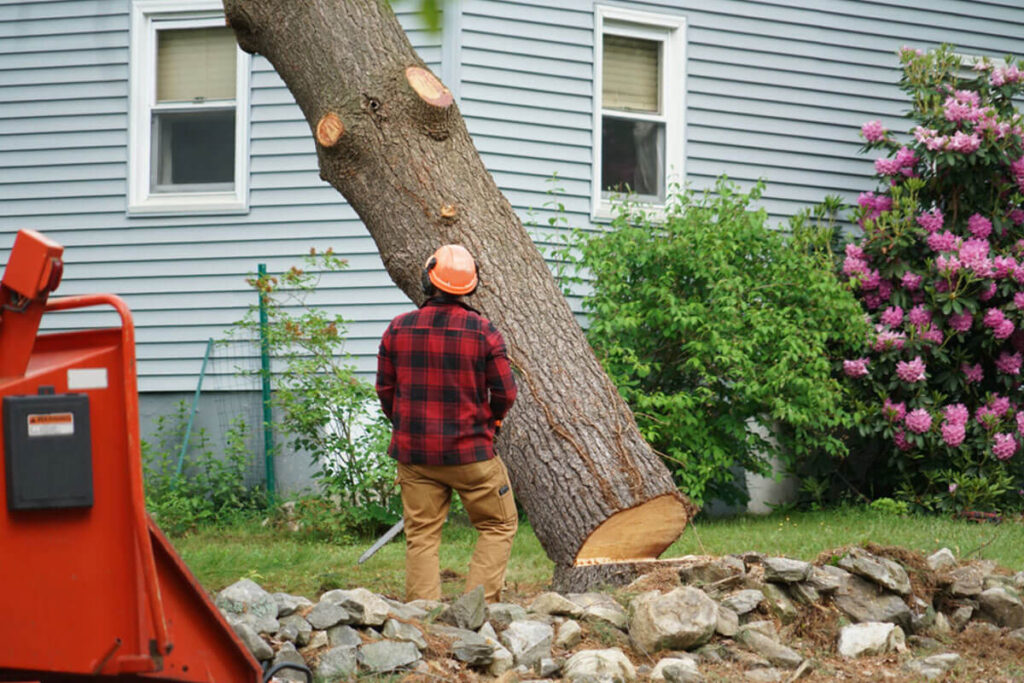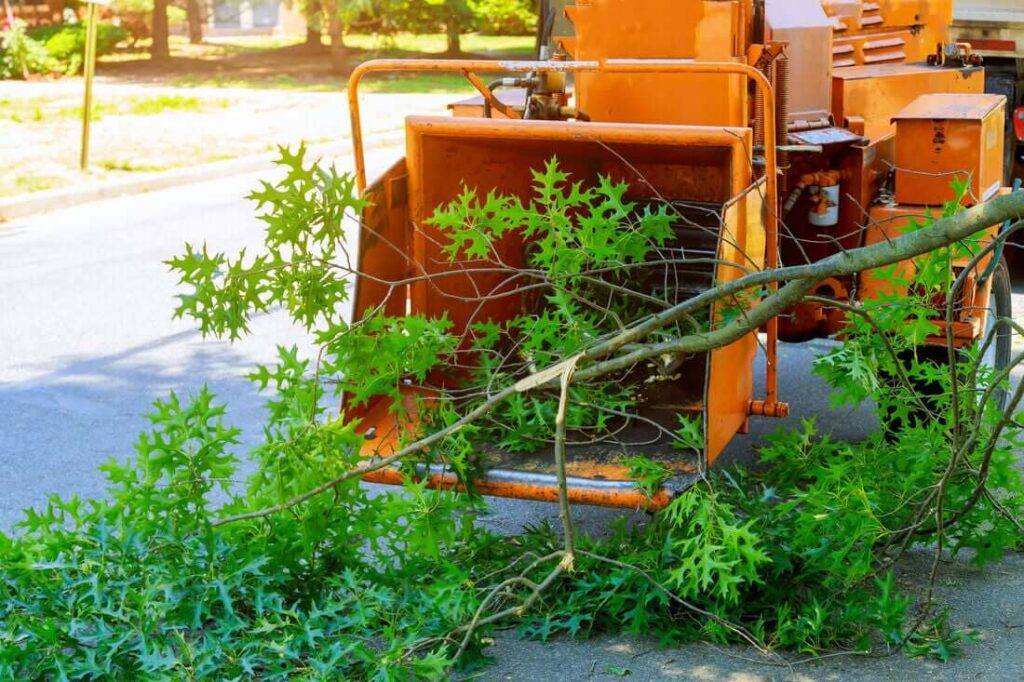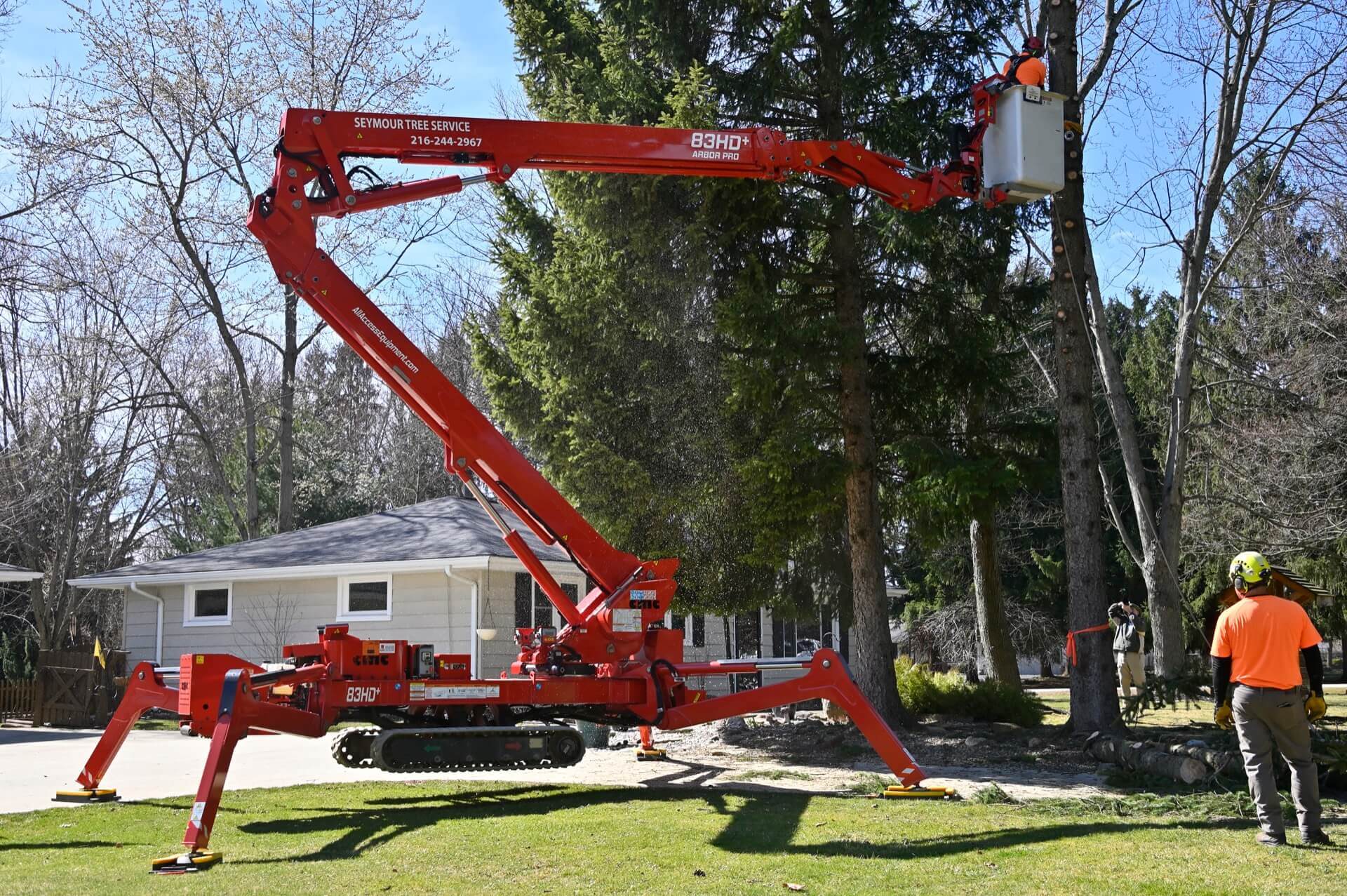Trees are beautiful and essential to our environment, providing shade, oxygen, and adding aesthetic value to our surroundings. However, there are times when tree removal becomes necessary. Whether it’s due to safety concerns, disease, or the need for construction, understanding the basics of tree removal is crucial for every homeowner. In this article, we’ll explore the different types of tree removal, the process involved, legal and environmental considerations, hiring professional services, and the pros and cons of DIY tree removal.
Understanding the Basics of Tree Removal
Before diving into the specifics of tree removal Sydney, it’s essential to understand why it is sometimes necessary. There are various reasons why homeowners may need to remove a tree from their property.
One common reason is when a tree becomes diseased or infested with pests, posing a risk to nearby trees, plants, and even the structures on the property. Diseases such as Dutch Elm Disease, Oak Wilt, and Emerald Ash Borer can quickly spread from tree to tree, causing widespread damage. Infestations by insects like termites, beetles, or borers can weaken the tree’s structure, making it more susceptible to falling during storms or high winds.
Additionally, trees that are too close to power lines can be hazardous and require removal to prevent potential accidents or power outages. When trees grow too close to power lines, there is a risk of branches or the entire tree coming into contact with the wires, leading to power disruptions or even electrical fires.
Another consideration is when trees obstruct the view or interfere with the growth of nearby plants. This can limit sunlight, water, and nutrients, preventing other plants from flourishing. In some cases, certain tree species may release chemicals into the soil that inhibit the growth of other plants, creating a competitive disadvantage for neighboring vegetation.

Lastly, if homeowners plan to construct an addition to their house or make significant changes, tree removal may be necessary to make way for the project. Building codes and regulations often require a certain distance between structures and trees to ensure safety and prevent potential damage to the building’s foundation or underground utilities.
See Also: Top Signs It’s Time for Tree Removal
Why Tree Removal is Sometimes Necessary
Tree removal is sometimes necessary for safety reasons. Dead, dying, or structurally unsound trees can pose a risk of falling and causing damage to property or injury to individuals. Storms and severe weather can weaken trees, making them more prone to falling. Removing these trees can help prevent potential accidents and ensure the safety of everyone in the vicinity.
In addition to safety concerns, tree removal may be necessary for aesthetic reasons. Trees that have outgrown their space or have an undesirable shape can negatively impact the overall appearance of a property. Removing these trees can improve the visual appeal and create a more harmonious landscape.
The Different Types of Tree Removal
There are several methods of tree removal, depending on the situation and the tree’s size and condition. The traditional method involves cutting down the tree and removing it piece by piece. This is typically done when space is limited or when the tree is surrounded by structures or other trees that need protection.
Another method is the use of heavy machinery, such as a crane, to lift and remove the tree efficiently. This method is often employed for large trees or when there are obstacles that make traditional tree removal challenging.
In some cases, tree removal may not involve cutting down the entire tree but instead removing specific branches or sections. This method, known as tree pruning, is done to maintain the tree’s health and shape. Pruning can help remove dead or diseased branches, improve airflow, and promote new growth.
It is essential to consult with a professional arborist to determine the best approach for each unique situation. Arborists have the expertise and knowledge to assess the tree’s condition, identify potential risks, and recommend the most appropriate method of removal or pruning.
The Process of Tree Removal
Tree removal is not a simple task; it requires careful planning and execution to ensure the safety of everyone involved. The process typically involves two main stages: initial assessment and planning, followed by execution and safety measures.
Initial Assessment and Planning
Prior to removing a tree, it’s crucial to conduct a thorough assessment of the area and the tree itself. This assessment helps determine the tree’s condition, identify potential risks, and plan the most efficient and safe removal process. It’s recommended to consult with a certified arborist who has the expertise and knowledge to assess the tree and provide recommendations.
During the assessment, the arborist will carefully examine the tree, looking for signs of decay, disease, or structural instability. They will also consider the tree’s proximity to buildings, power lines, and other structures. This evaluation helps determine the best approach for removing the tree and minimizes the risk of damage to surrounding property.
Once the assessment is complete, the planning phase begins. Considerations such as equipment needed, potential obstacles, and the disposal of the tree and its debris are taken into account. It’s important to check if there are any local regulations or permits required for tree removal on your property, as there may be restrictions or guidelines to follow.
Additionally, the arborist will develop a detailed plan for the removal process. This plan includes the specific techniques and equipment that will be used, as well as any necessary safety precautions. The goal is to ensure that the tree is removed safely and efficiently, with minimal impact on the surrounding environment.

Execution and Safety Measures
Once the planning phase is complete, the tree removal process can begin. Safety should always be the top priority during tree removal. It’s essential to follow proper procedures and use the necessary safety equipment. This may include helmets, safety goggles, gloves, and chainsaws equipped with safety features.
Before any cutting or removal takes place, the area around the tree should be cleared of any obstacles or debris that could interfere with the process. This includes removing any nearby plants, furniture, or structures that could be damaged during the removal process.
Working with a professional tree removal service is highly recommended, as they have the expertise and experience to carry out the job safely and efficiently. They will also have the necessary equipment to handle even the most challenging tree removal situations.
During the execution phase, the tree removal team will carefully follow the plan developed during the assessment and planning stages. They will use specialized equipment, such as cranes or bucket trucks, to safely remove branches and sections of the tree. The process may involve cutting the tree into smaller pieces to facilitate removal.
Throughout the removal process, the team will take precautions to protect nearby structures and ensure the safety of everyone involved. This may include using ropes and harnesses to control the direction of falling branches, or setting up safety barriers to keep bystanders at a safe distance.
Once the tree has been safely removed, the team will clean up the area and dispose of the tree and its debris. This may involve chipping the branches and limbs for mulch, or hauling away larger sections of the tree for disposal.
In conclusion, tree removal is a complex process that requires careful planning, assessment, and execution. By following proper procedures and working with experienced professionals, you can ensure that the tree is removed safely and efficiently, with minimal impact on the surrounding environment.
Legal and Environmental Considerations
When it comes to tree removal, there are legal and environmental considerations that homeowners need to be aware of. These considerations can vary depending on the jurisdiction and local regulations. It’s essential to research and understand the specific requirements in your area before proceeding with tree removal.
Tree Removal Permits and Regulations
In some areas, obtaining a tree removal permit may be required before removing any trees from your property. This is especially true in protected areas or if the tree is considered significant or of cultural importance. Failure to comply with these regulations can result in fines or legal consequences.
It’s advisable to contact your local city or county government offices to inquire about the permit process and any applicable regulations. They can provide you with the necessary information and guide you through the proper channels to obtain the required permits.
Impact on Local Ecosystems
Trees play a vital role in the ecosystem, providing habitat for birds, insects, and other wildlife. Removing trees can disrupt these ecosystems and have far-reaching consequences. It’s crucial to be mindful of the potential impact on local wildlife and consider alternative options whenever possible.
In some cases, replanting trees or landscaping with native plants can help offset the environmental impact. This can also enhance the aesthetic value of your property and contribute to the overall well-being of the ecosystem.

Hiring Professional Tree Removal Services
While some homeowners may attempt to remove trees themselves, hiring professional tree removal services is often the safest and most efficient option. Professional arborists and tree removal companies have the necessary skills, training, and equipment to handle tree removal projects of any scale.
How to Choose a Reliable Tree Removal Company
When selecting a tree removal company, it’s important to do your research and choose a reliable and reputable service provider. Start by asking for recommendations from friends, family, or neighbors who have had positive experiences with tree removal companies in the past. Additionally, read reviews and check ratings on reputable websites to ensure the company has a good track record.
It’s also essential to verify that the tree removal company is properly licensed, insured, and certified. This will protect you from liability in case of any accidents or damage that may occur during the tree removal process.
Costs and Factors Affecting Pricing
The cost of tree removal can vary depending on various factors, such as the size and condition of the tree, the complexity of the removal process, and the location. Additionally, other factors, such as accessibility and the presence of potential hazards, may also affect pricing.
It’s advisable to obtain multiple quotes from different tree removal companies to compare prices. However, keep in mind that the lowest price may not always guarantee the best service. Consider the company’s experience, expertise, and reputation when making your decision.
DIY Tree Removal: Pros and Cons
While hiring professionals is recommended for tree removal, some homeowners may still consider the option of doing it themselves. However, it’s essential to weigh the pros and cons before attempting DIY tree removal.
Necessary Equipment and Skills
Tree removal requires specific tools and equipment, such as chainsaws, ladders, and safety gear. If you don’t already own these items, purchasing or renting them can add to the overall cost of DIY tree removal. Additionally, using these tools safely and effectively requires skill and experience.
Before deciding to proceed with DIY tree removal, honestly assess your skills and capabilities. If you’re not confident in safely completing the task, it’s best to leave it to the professionals to avoid accidents or damage.
Risks and Precautions
Tree removal can be dangerous, especially for inexperienced individuals. Falling branches, unstable trees, and improper use of equipment can result in severe injuries or property damage. Professionals have the expertise to assess risks and take the necessary precautions to ensure the safe removal of the tree.
Furthermore, by attempting DIY tree removal, you may be liable for any accidents or damage that occur. Professional tree removal companies have insurance coverage to protect homeowners in case of unforeseen events.
Ultimately, navigating the world of tree removal can be a daunting task for homeowners. It’s important to understand the basics, consider legal and environmental factors, and weigh the options between professional and DIY tree removal. By arming yourself with knowledge and making informed decisions, you can ensure the safety of your property and contribute to the well-being of the environment.

